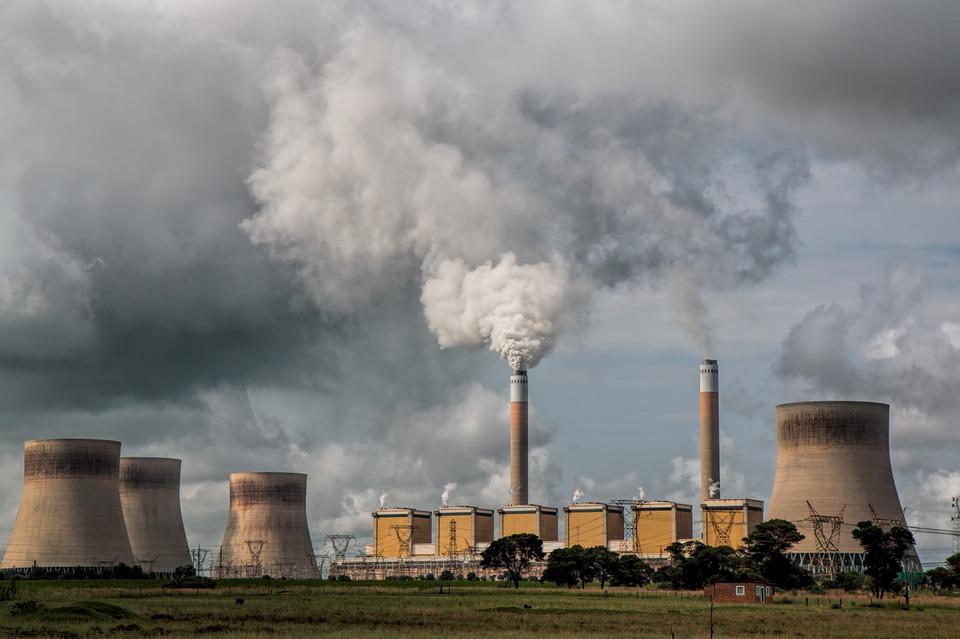Cryptocurrencies are decentralized money and because of that, they need a set of rules determining how transactions are settled, or how new tokens are created and distributed among miners.
Miners are essential for the well-functioning of a blockchain because they bring in computational power. This power is used for processing transactions, as well as for allocating newly-created tokens. With cryptocurrencies like Bitcoin, when a new block is created, new BTC tokens are created as a reward.
These are some of the core principles behind Proof-of-Work (PoW), a popular consensus mechanism that’s constantly criticized for its energy use and ultimately, the impact on the environment. Is PoW outdated? Has the world moved on from it? Not so fast…
Cryptos like Bitcoin and energy consumption
The first cryptocurrency ever created is Bitcoin and naturally, it is also the project that has introduced the idea of Proof-of-Work. In this system, every miner processes all financial transactions, not just the one who ends up creating the block.
Because you are dealing with decentralized money, a flaw that might emerge is double-spending. Transactions need to be processed multiple times to avoid spending the same tokens more than once, something that could in turn harm the cryptocurrency’s price and trust overall.
However, experts at Invest Ecapitals – a popular crypto trading broker – highlight how energy-intensive PoW is. A project like Bitcoin consumes an amount that would be enough to power a mid-sized country. On top of that, there are tens of thousands of cryptocurrency projects currently in existence, and a significant share continue to rely on Proof-of-Work.
The implications of a global energy crisis
Energy consumption is just one side of the problem since it’s also important what source is used to produce it. The world is now facing an energy crunch and even developed countries are forced to generate electricity by burning coal or oil.
This summer has seen extreme heat, leading to lower energy production from nuclear, hydro and wind solutions. Basically, cryptocurrency projects use electricity generated from fossil fuels, contributing to the rise of CO2 levels and other pollutants in the atmosphere.
While there has been growing interest in crypto from the wider public, the industry is still not critical for the well-functioning of the global economy. People are using Invest Ecapitals and other brokers to trade crypto because prices remain volatile, yet that’s not enough to counter all the criticism associated with Proof-of-Work.
Projects that continue to rely on this mechanism have failed to keep up with the latest developments. Proof-of-Stake is a much better option, especially when it comes to energy consumption. In this case, miners are replaced by stakers and there is no need for each of them to verify all the transactions.
Instead, the system randomly assigns the task to generate a new block to a staker, based on the number of tokens locked on the blockchain. Because each staker has “skin in the game”, nobody is incentivized to allow double-spending. Proof of Bid, Proof of Authority, and Proof of Weight are several other options available.



































